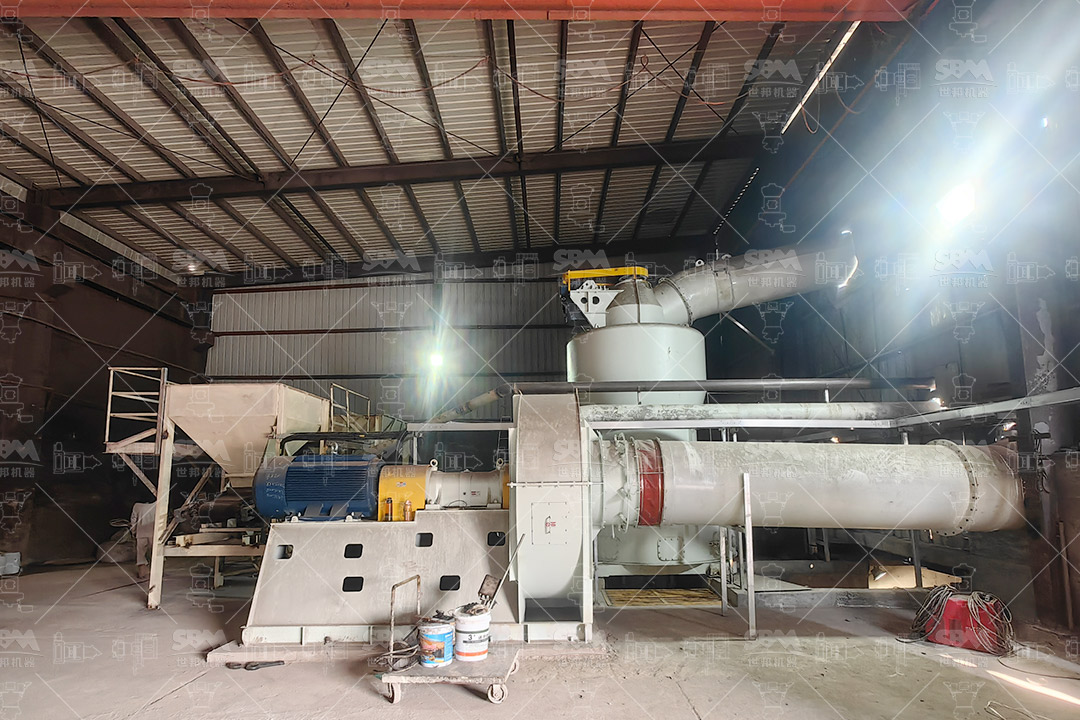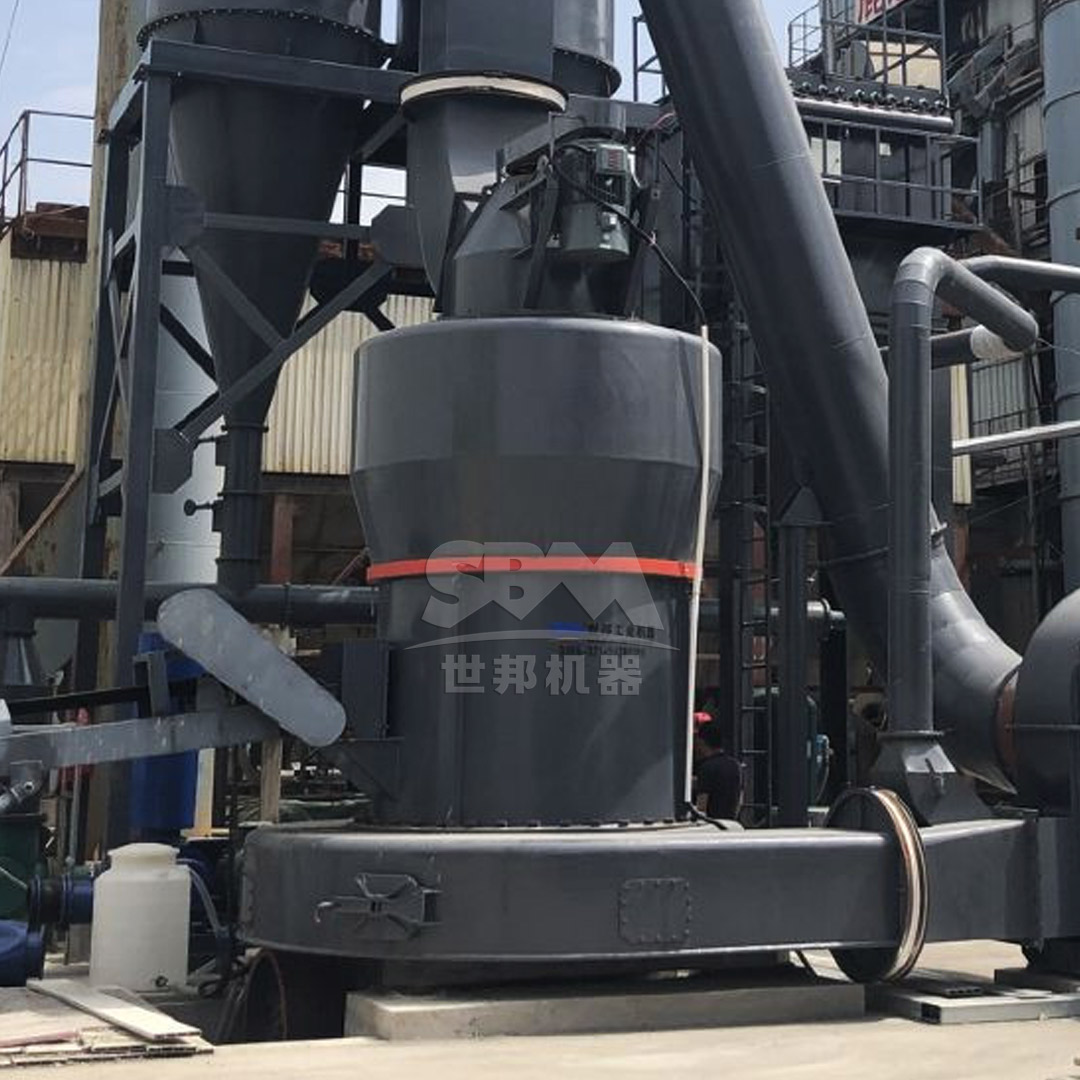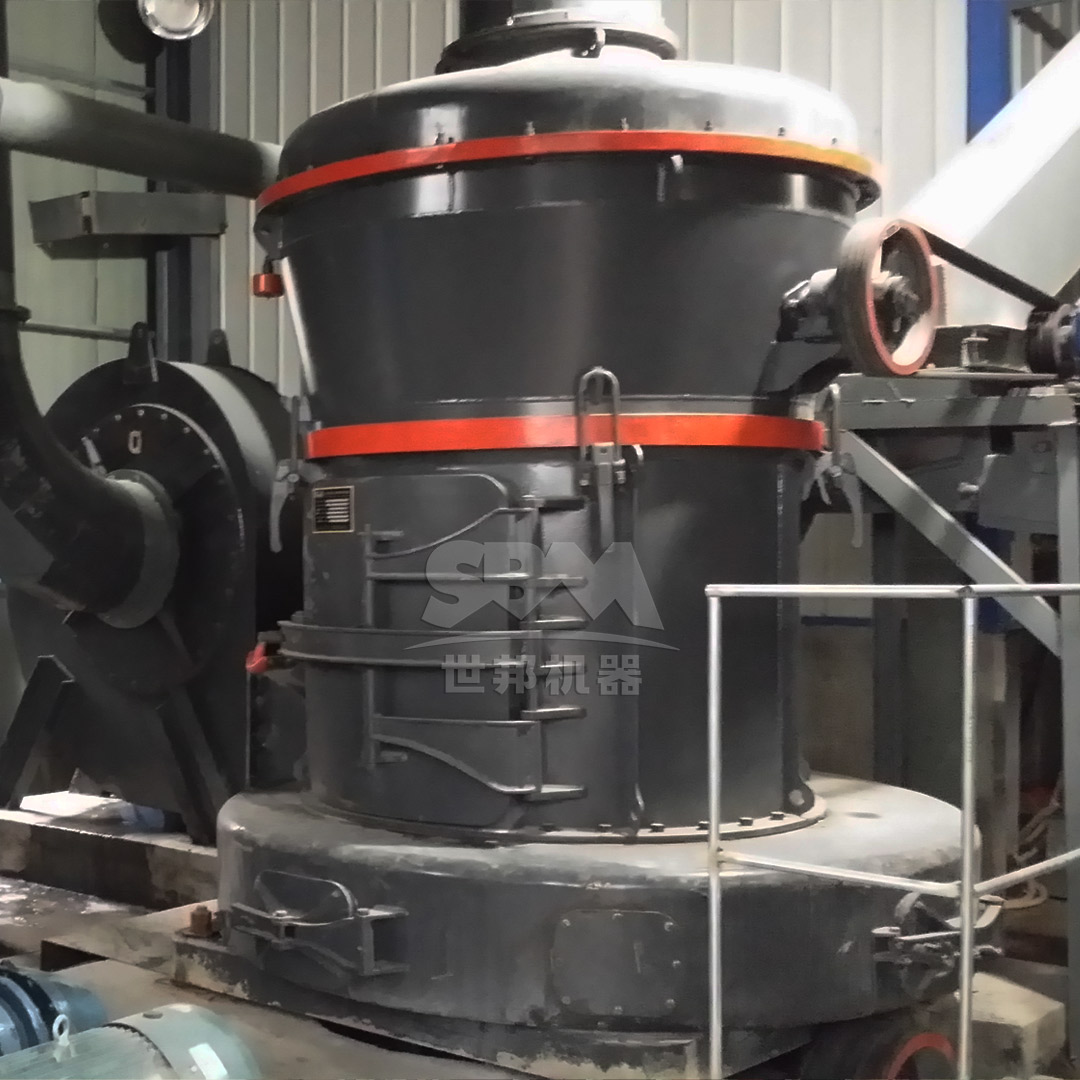Kaolin, also known as china clay, has become an indispensable mineral in the paints and coatings industry due to its unique properties including whiteness, chemical inertness, and plate-like particle structure. However, the performance characteristics of kaolin in coating formulations are heavily dependent on achieving precise particle size distribution. The grinding process transforms raw kaolin into functional pigments that influence critical parameters such as opacity, gloss control, suspension stability, and film reinforcement. This article explores the technical requirements for kaolin grinding in high-performance coatings and examines advanced milling technologies that enable manufacturers to optimize these essential properties.
| Particle Size Range (μm) | Coating Application | Primary Function | Typical Loading (%) |
|---|---|---|---|
| 0.1-1.0 | High-Gloss Coatings | Gloss control, dispersion | 5-15 |
| 1.0-5.0 | Semi-Gloss/Matt Finishes | Opacity, sheen control | 10-25 |
| 5.0-15.0 | Texture/Primer Coatings | Reinforcement, build | 15-40 |
The transformation of raw kaolin into functional coating pigments presents several technical challenges. Kaolin’s plate-like crystalline structure must be preserved during grinding to maintain its reinforcing properties in paint films. Over-grinding can destroy this structure, reducing the aspect ratio and compromising the reinforcement function. Additionally, the grinding process must achieve narrow particle size distributions to ensure consistent performance in final formulations. Thermal degradation is another concern, as excessive heat generation during milling can affect kaolin’s surface chemistry and whiteness properties.

Modern kaolin processing requires milling equipment capable of precise particle size control while maintaining the mineral’s inherent properties. Several grinding technologies have been developed specifically for kaolin applications, each offering distinct advantages for different coating requirements.
For applications requiring the finest particle sizes (below 5μm), advanced milling systems must combine high-energy efficiency with precise classification capabilities. These systems are essential for producing kaolin pigments that provide exceptional opacity and smooth surface finishes in premium coatings.
For manufacturers seeking to produce high-quality kaolin pigments with precise particle size control, the SCM Ultrafine Mill represents an optimal solution. This advanced grinding system delivers exceptional performance characteristics specifically suited to the demanding requirements of the paints and coatings industry.
| Model | Processing Capacity (ton/h) | Main Motor Power (kW) | Output Fineness (mesh) | Recommended Coating Application |
|---|---|---|---|---|
| SCM800 | 0.5-4.5 | 75 | 325-2500 | High-gloss industrial coatings |
| SCM1000 | 1.0-8.5 | 132 | 325-2500 | Architectural paints |
| SCM1250 | 2.5-14 | 185 | 325-2500 | Automotive coatings |
| SCM1680 | 5.0-25 | 315 | 325-2500 | Large-scale production |
The SCM Ultrafine Mill incorporates several innovative features that make it particularly suitable for kaolin processing. Its vertical turbine classifier ensures precise particle size切割, eliminating coarse particle contamination in the final product. The intelligent control system automatically monitors and adjusts grinding parameters to maintain consistent product quality. With energy consumption 30% lower than conventional jet mills and twice the production capacity, the SCM series offers significant operational advantages for coating manufacturers.

For applications requiring a broader range of particle sizes (30-325 mesh), the MTW Series Trapezium Mill provides an excellent balance of versatility and efficiency. This robust grinding system is particularly well-suited for medium to large-scale kaolin processing operations serving diverse coating markets.
The MTW mill’s innovative design features include curved air duct technology that minimizes energy loss during material transport, and wear-resistant components that significantly extend operational life. The conical gear transmission system achieves 98% transmission efficiency, contributing to overall energy savings. With capacity ranging from 3 to 45 tons per hour depending on model specification, the MTW series can accommodate varying production requirements while maintaining consistent product quality.
Different coating formulations require specific kaolin particle size distributions to achieve desired performance characteristics. Understanding these relationships enables manufacturers to tailor their grinding processes for optimal results.
High-gloss coatings demand kaolin pigments with particle sizes predominantly below 2μm. These fine particles contribute to smooth surface finishes and excellent dispersion characteristics. The narrow size distribution prevents light scattering at the film surface, enhancing gloss development. For these applications, grinding systems must achieve D90 values of 3-5μm with minimal oversize particles.
Semi-gloss and matte coatings benefit from a broader particle size distribution, typically ranging from 1-15μm. This distribution provides optimal light scattering for sheen control while maintaining adequate film integrity. The grinding process for these applications should focus on achieving a controlled distribution curve rather than maximum fineness.

Primer and texture coatings utilize coarser kaolin particles (5-45μm) to enhance film build, reinforcement, and surface texture. These applications prioritize the plate-like structure of kaolin for reinforcement properties over optical characteristics. Grinding systems for these products must preserve the aspect ratio of kaolin particles while achieving the desired size distribution.
Consistent particle size control requires robust quality assurance protocols. Modern kaolin processing facilities employ advanced analytical techniques including laser diffraction particle size analysis, BET surface area measurement, and scanning electron microscopy to verify product specifications. These methodologies ensure that ground kaolin meets the precise requirements of coating formulations.
Modern kaolin grinding operations must balance performance requirements with environmental responsibility and economic viability. Advanced milling systems incorporate energy-efficient designs, dust collection systems, and noise reduction technologies to minimize environmental impact. The selection of appropriate grinding technology significantly influences production costs, with factors including energy consumption, maintenance requirements, and operational lifespan affecting overall economics.
The kaolin grinding industry continues to evolve with emerging trends including nanotechnology applications, surface modification techniques, and sustainable processing methods. Grinding equipment manufacturers are developing increasingly sophisticated systems to address these evolving requirements, with focus on precision, efficiency, and flexibility.
The optimization of kaolin particle size for high-performance paints and coatings requires careful consideration of both technical requirements and economic factors. Advanced grinding systems like the SCM Ultrafine Mill and MTW Series Trapezium Mill offer coating manufacturers the capability to produce precisely controlled kaolin pigments that enhance product performance across diverse applications. By selecting appropriate grinding technology and implementing rigorous quality control protocols, manufacturers can achieve competitive advantage in the dynamic coatings market.